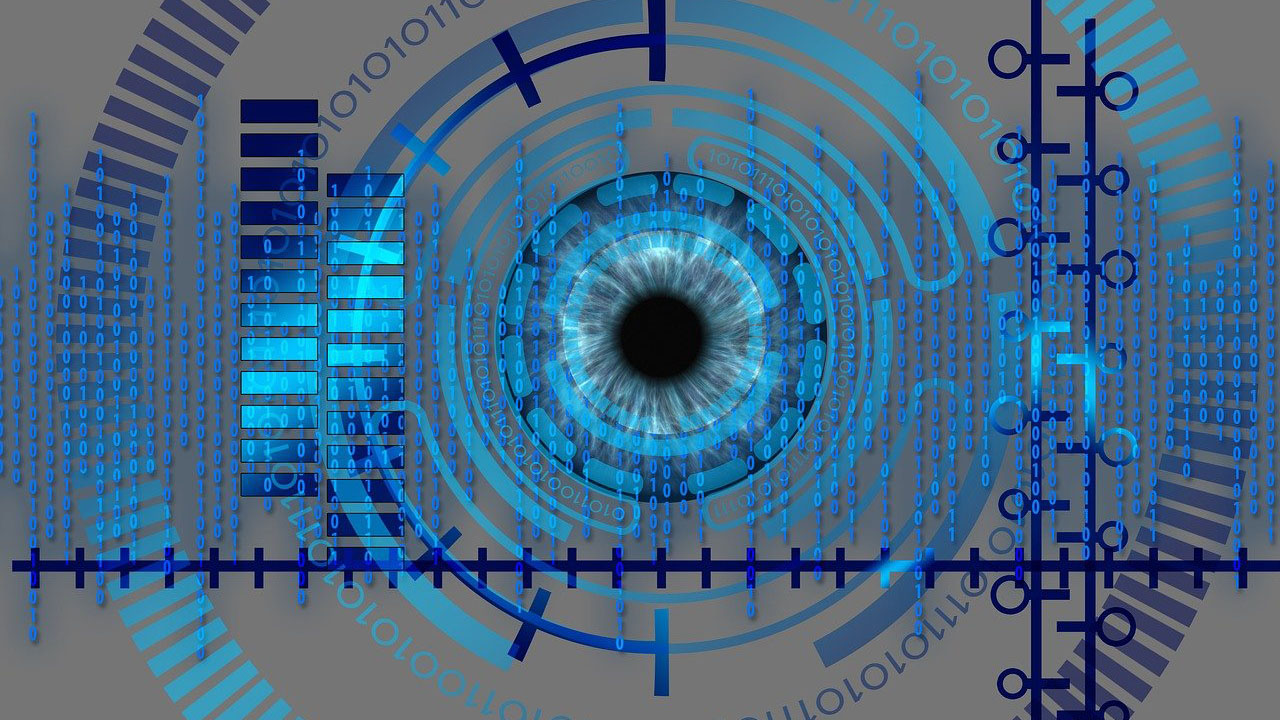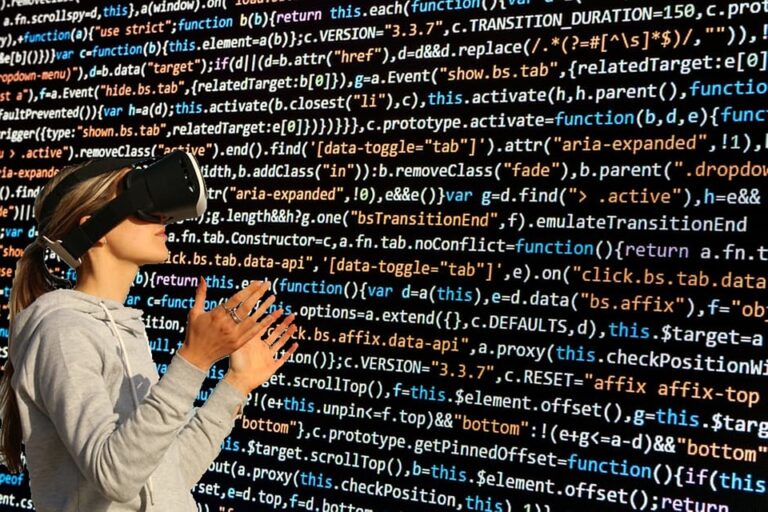Computer Vision Advancements

At its core, computer vision aims to enable machines to interpret and understand visual information from the world, just as humans do. This capability is not only reshaping industries but also inspiring a future where the line between physical and digital worlds continues to blur.
The Evolution of Computer Vision
The journey of computer vision began in the 1960s when researchers started exploring the possibility of teaching computers to see. Early efforts were rudimentary and focused on simple tasks like recognizing basic shapes and patterns.
However, with the advent of more powerful computing resources and advanced algorithms, computer vision has made significant strides.
From Pixels to Patterns
Initially, computer vision was limited by the computational resources available. The focus was primarily on image processing techniques that could interpret patterns and shapes. This stage of development involved analyzing pixel data to identify edges, corners, and other basic features.
Although these early techniques laid the groundwork, they were far from understanding complex scenes.
The Rise of Machine Learning
The introduction of machine learning brought a new dimension to computer vision. Instead of relying solely on predefined rules, systems could now learn from data. This shift enabled the development of algorithms that could recognize patterns and make decisions based on examples.
Supervised learning, in particular, became a game-changer, allowing systems to improve their accuracy over time.
Deep Learning: A Game Changer
The real breakthrough in computer vision came with the advent of deep learning, a subset of machine learning that uses neural networks with many layers. This approach mimics the human brain’s neural structure, allowing computers to recognize patterns at multiple levels of abstraction.
Convolutional Neural Networks (CNNs)
Convolutional Neural Networks, or CNNs, are at the heart of modern computer vision. These networks are designed to process data with a grid-like topology, such as images.
CNNs have revolutionized tasks like image classification, object detection, and facial recognition. By learning to focus on important features within images, CNNs have achieved unprecedented levels of accuracy.
Transfer Learning
One of the most exciting advancements in deep learning is transfer learning. This technique involves taking a pre-trained network that has learned to recognize a wide range of features and adapting it to a specific task.
Transfer learning has dramatically reduced the time and data required to build effective computer vision models, making cutting-edge technology accessible to a wider audience.
Applications of Computer Vision
Computer vision is no longer confined to research labs; it is being applied across various industries, transforming processes and creating new opportunities.
Healthcare
In healthcare, computer vision is being used to improve diagnostics and patient care. For instance, algorithms can analyze medical images such as X-rays and MRIs to detect anomalies that might be missed by the human eye.
This not only speeds up the diagnostic process but also enhances accuracy, leading to better patient outcomes.
Autonomous Vehicles
The automotive industry is leveraging computer vision to develop autonomous vehicles. By using cameras and sensors, these vehicles can interpret their surroundings, recognize road signs, and detect obstacles.
This technology is crucial for the safe navigation of self-driving cars, ultimately paving the way for a future with fewer road accidents.
Retail and E-commerce
In retail, computer vision is enhancing the shopping experience through applications like automated checkout systems and personalized recommendations. By analyzing customer behavior and preferences, retailers can offer tailored experiences that increase engagement and sales.
The Challenges Ahead
Despite its remarkable progress, computer vision still faces several challenges. One major issue is the need for large amounts of labeled data to train models effectively. Collecting and annotating this data can be time-consuming and expensive.
Ethical Considerations
With the power of computer vision comes the responsibility to use it ethically. Privacy concerns are paramount, especially when it comes to facial recognition technology. There is an ongoing debate about the balance between innovation and individual rights, highlighting the need for clear guidelines and regulations.
Generalization and Bias
Another challenge is ensuring that computer vision models generalize well across diverse environments and populations. Bias in training data can lead to skewed results, making it imperative to develop techniques that promote fairness and inclusivity.
The Future of Computer Vision
The future of computer vision is incredibly promising. As technology continues to advance, we can expect even more sophisticated systems capable of understanding complex visual information.
Integration with Augmented Reality (AR)
One exciting prospect is the integration of computer vision with augmented reality. This combination can create immersive experiences where digital objects seamlessly blend with the real world. From gaming and entertainment to education and training, the possibilities are endless.
Enhanced Human-Machine Interaction
Computer vision will also play a pivotal role in enhancing human-machine interaction. By enabling machines to understand gestures, expressions, and emotions, we can create more intuitive interfaces that respond to our needs in real-time.
Conclusion
Computer vision is not just a technological advancement; it is a paradigm shift that is reshaping our world. From healthcare to autonomous vehicles, its impact is profound and far-reaching. As we continue to explore its potential, we must navigate the challenges responsibly, ensuring that this powerful tool is used for the greater good.
The journey of computer vision is just beginning, and its future promises to be as inspiring as it is transformative.






